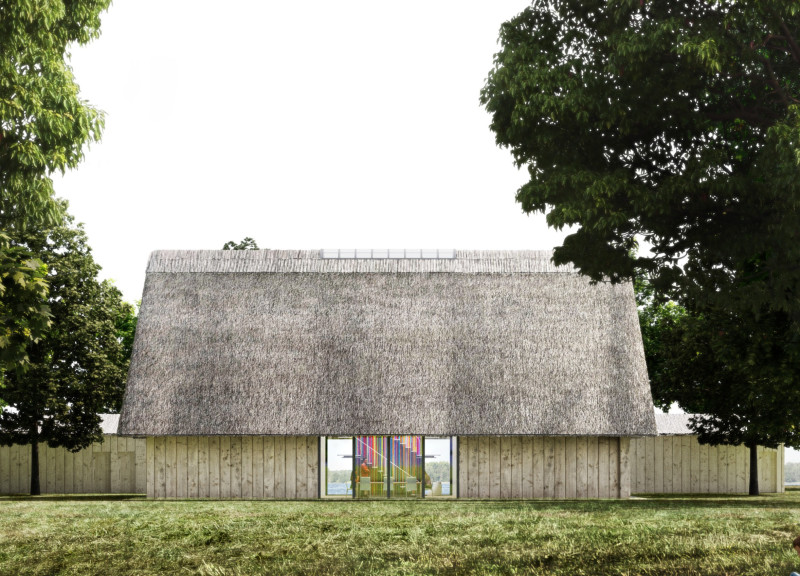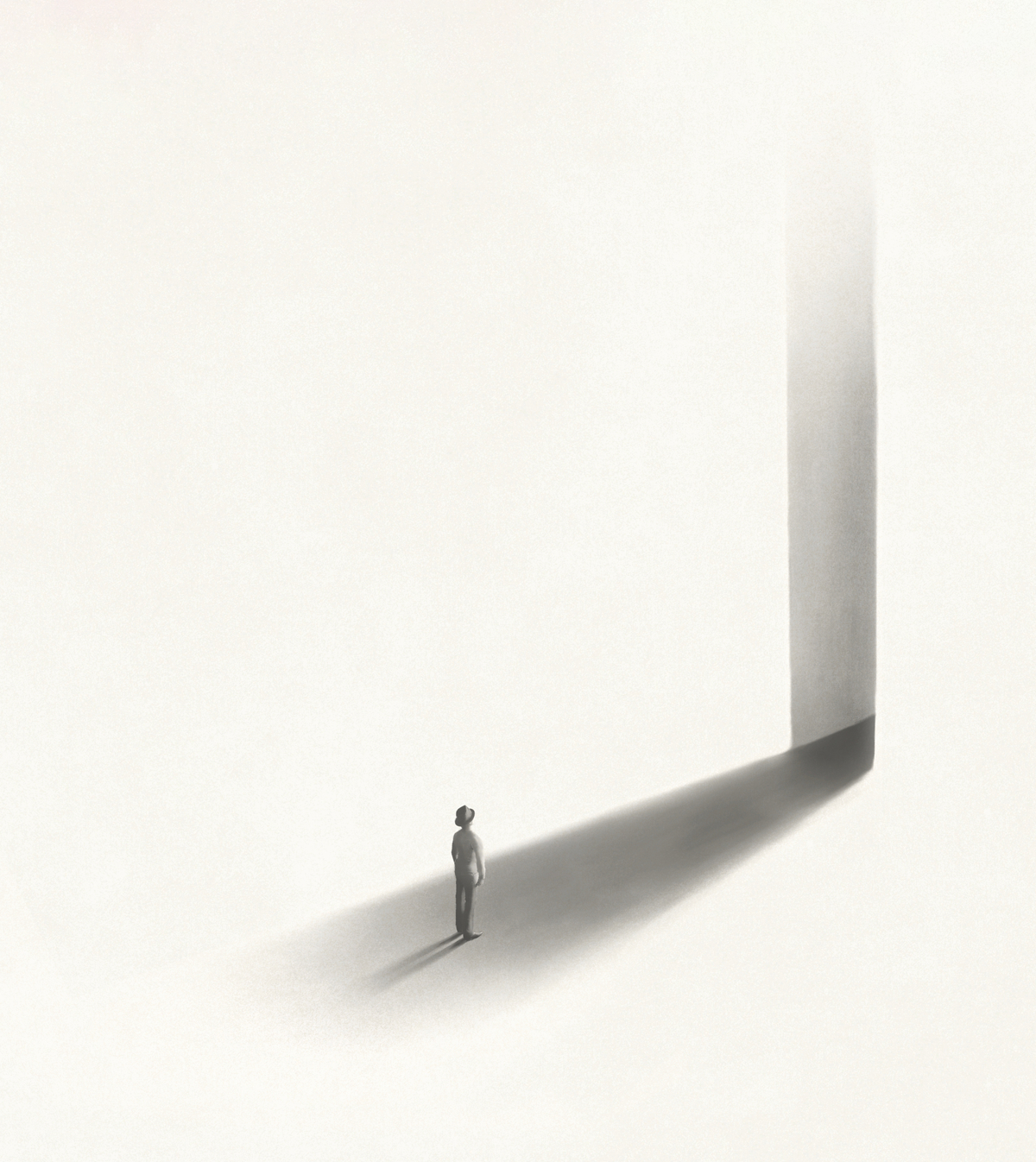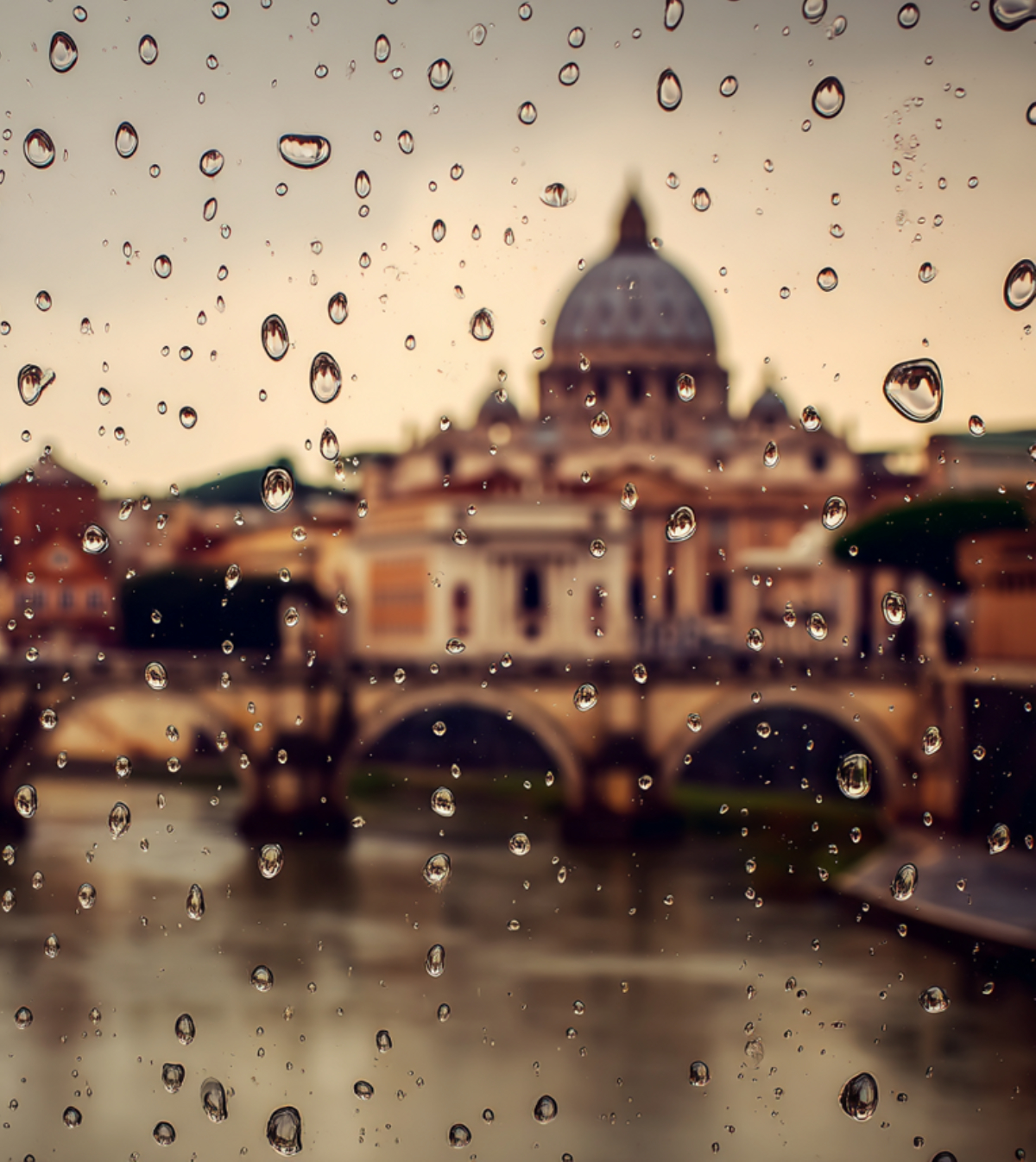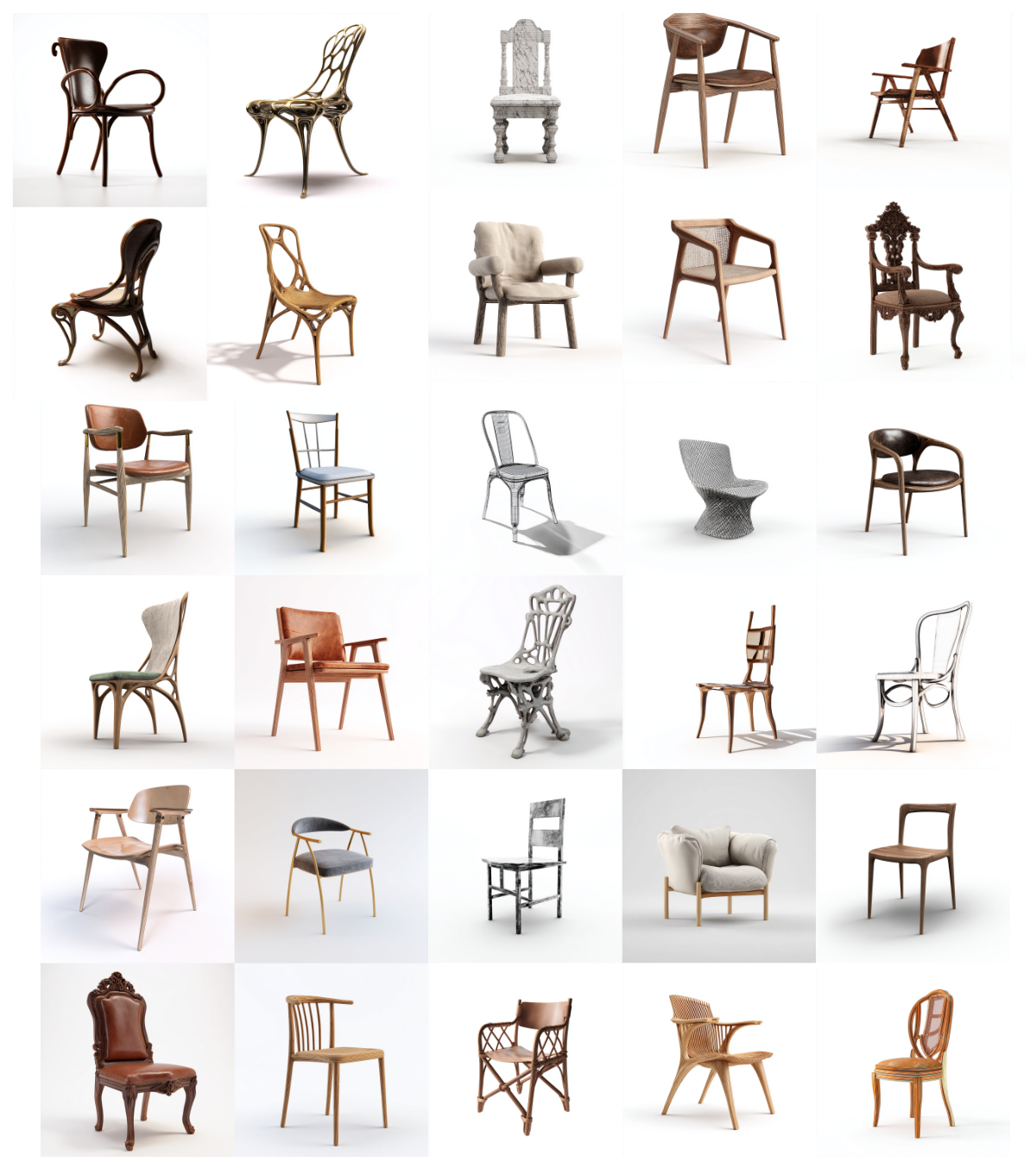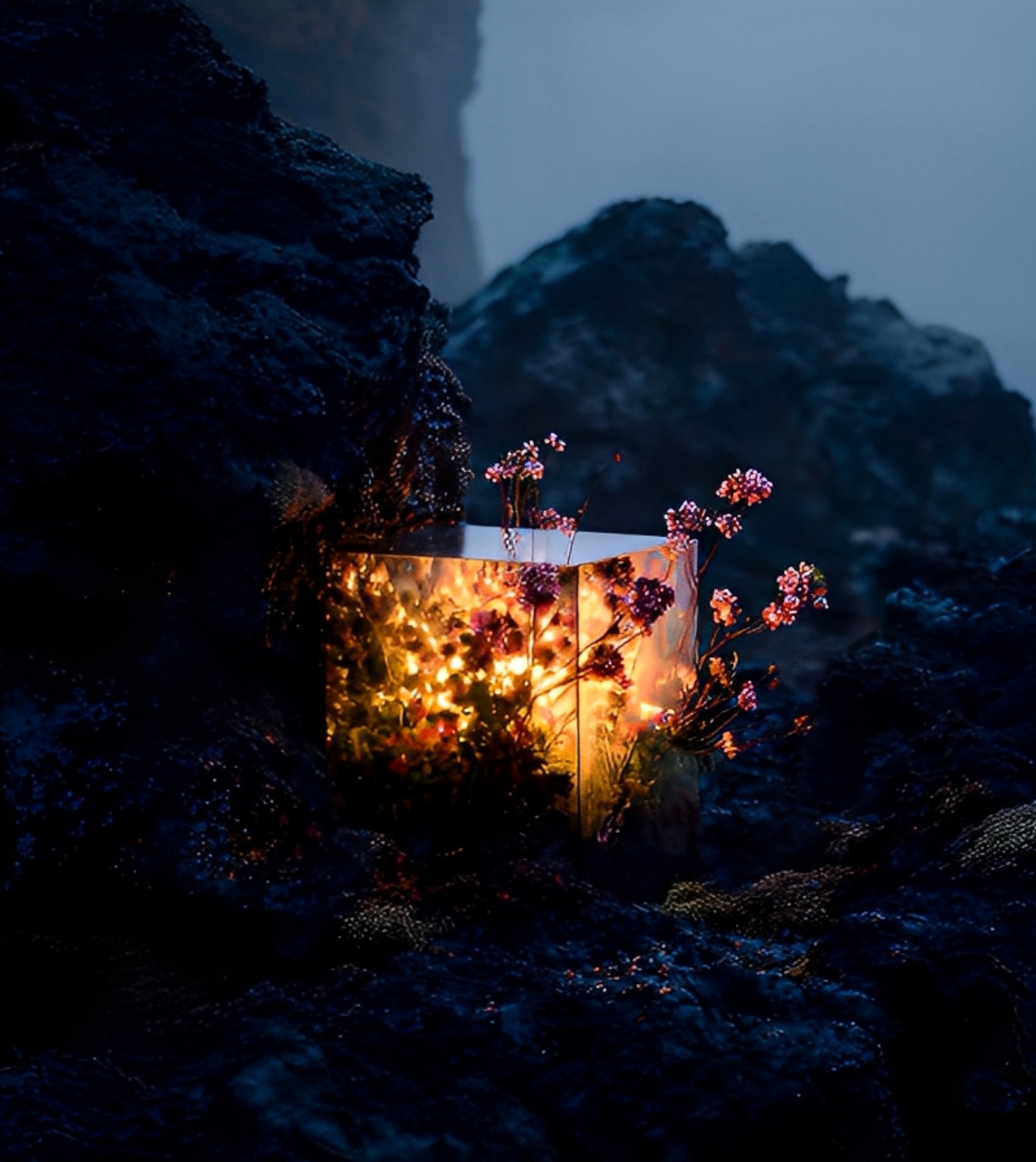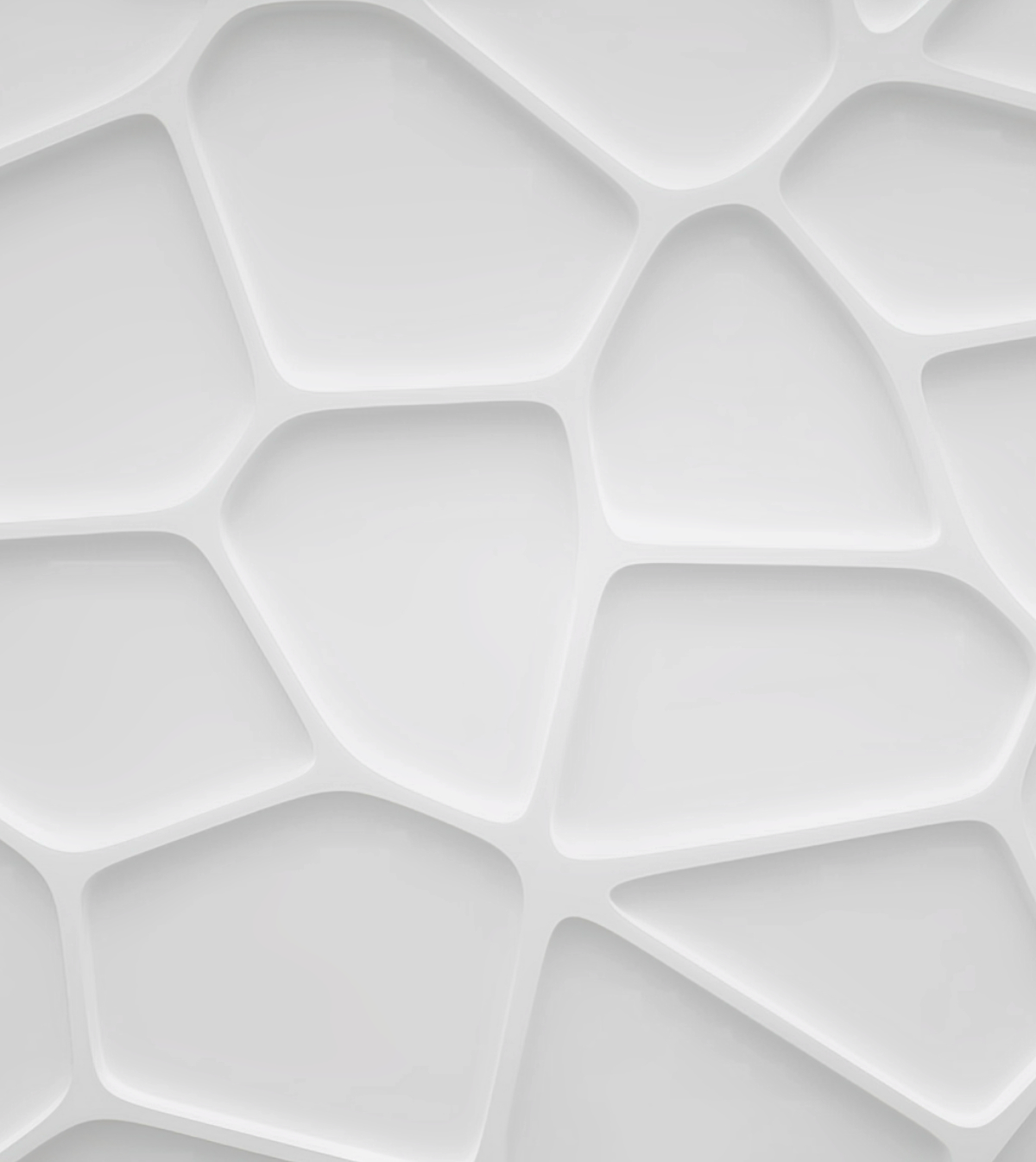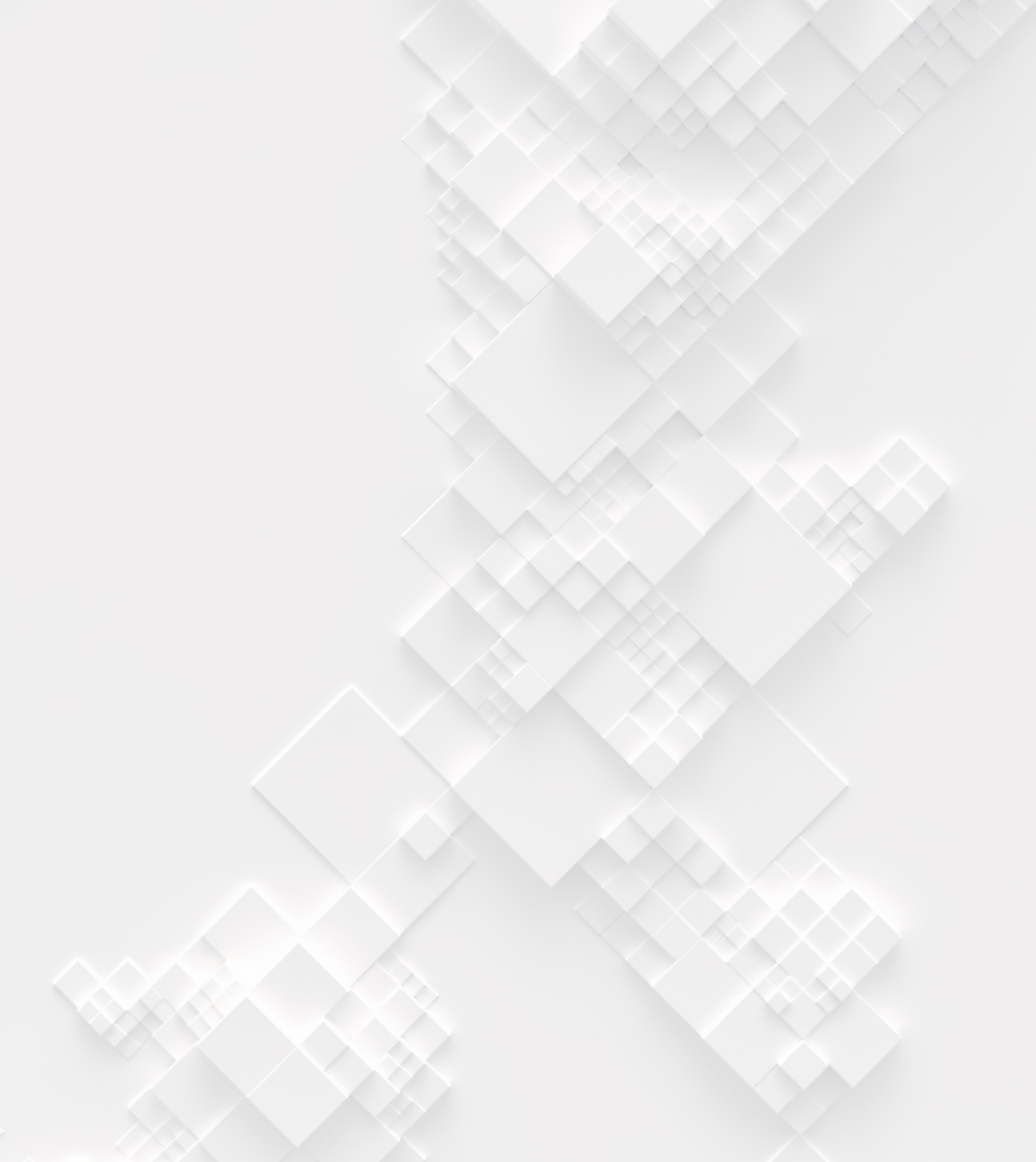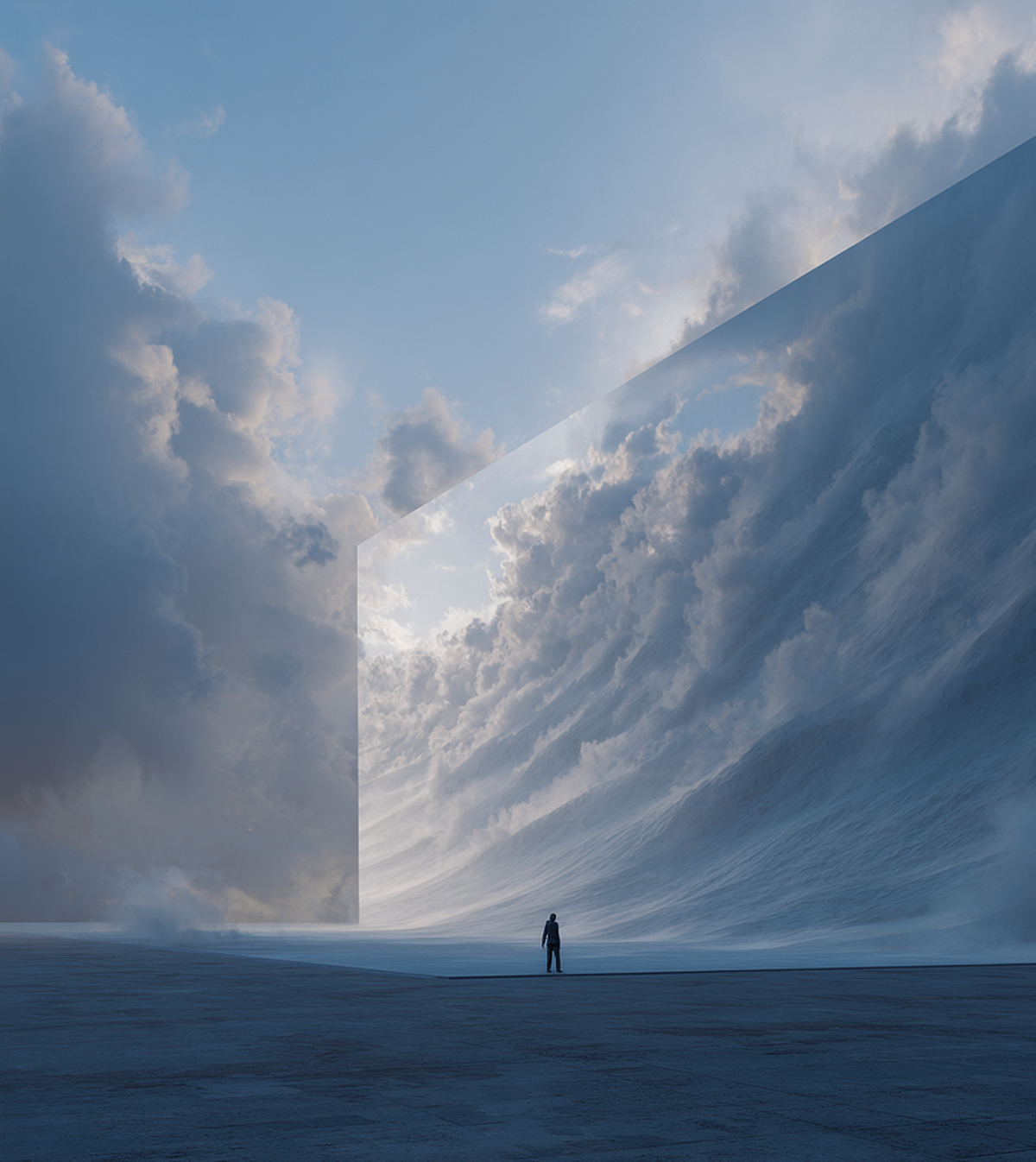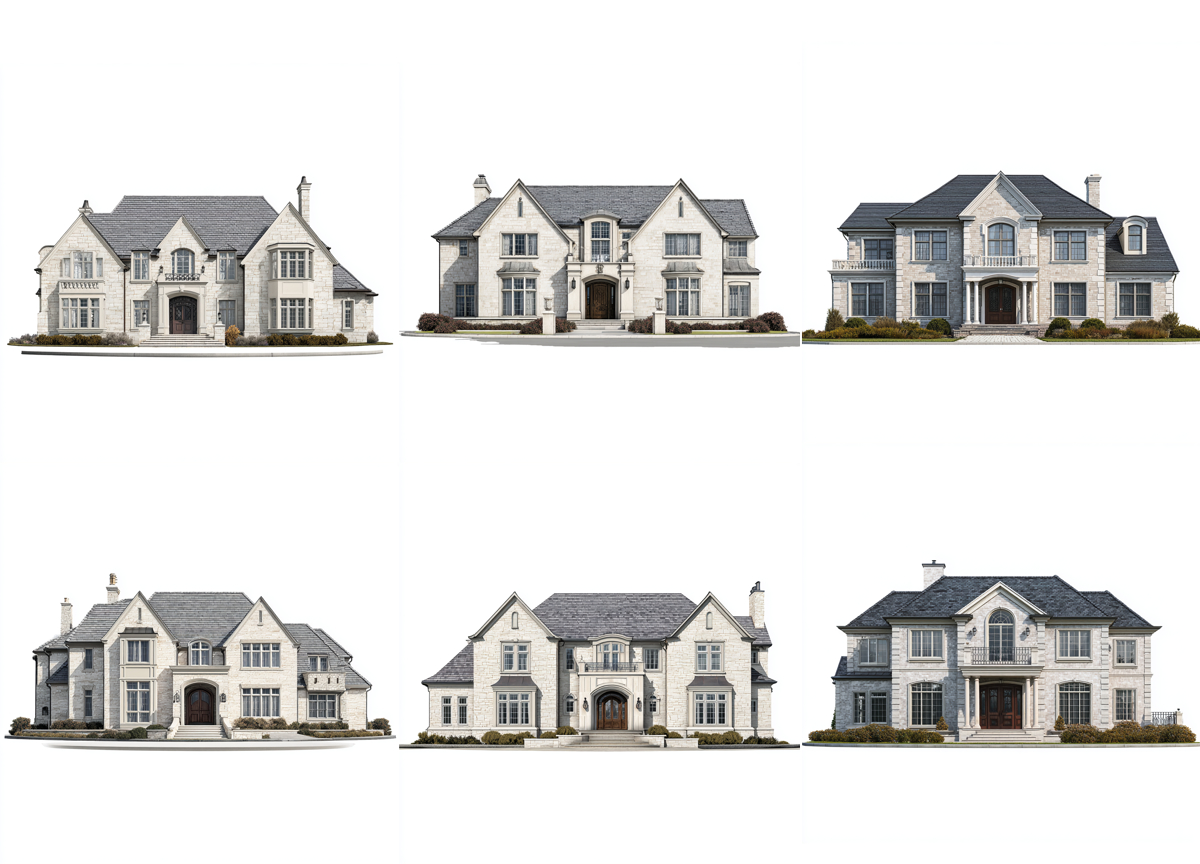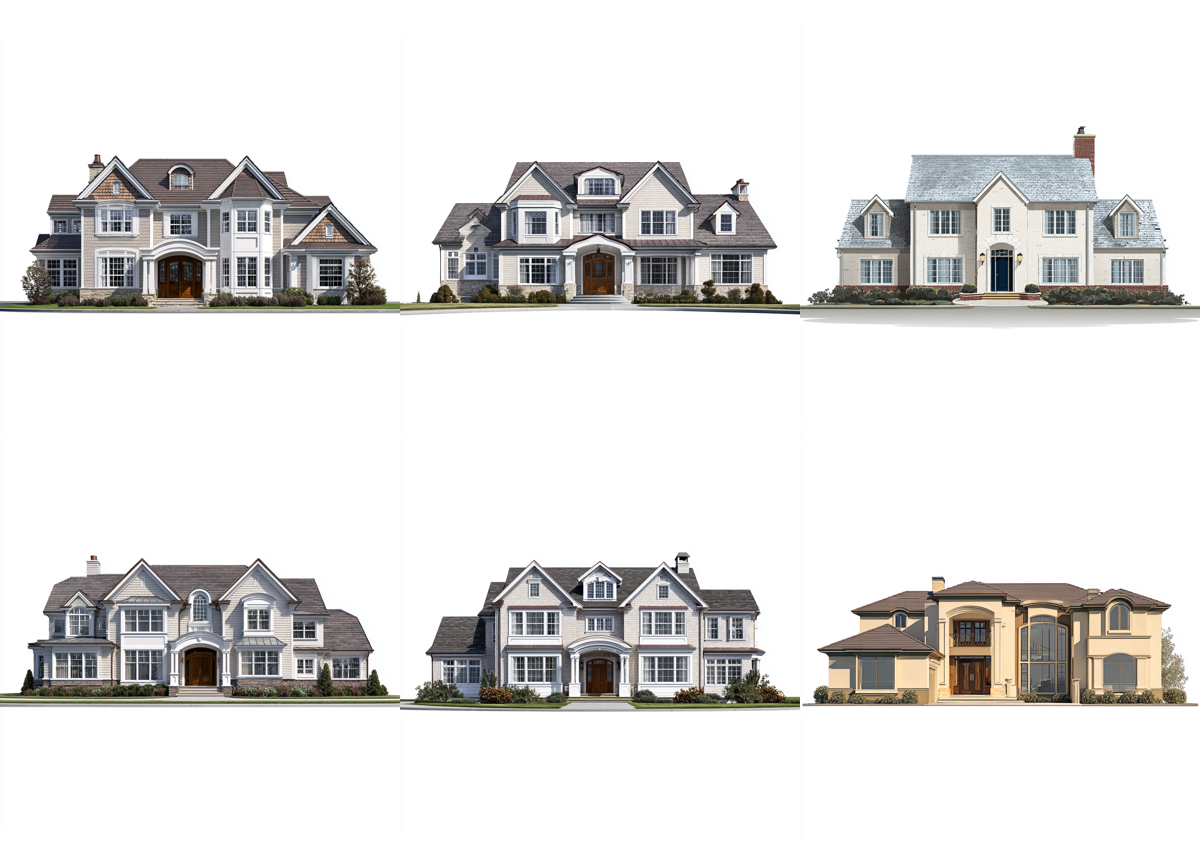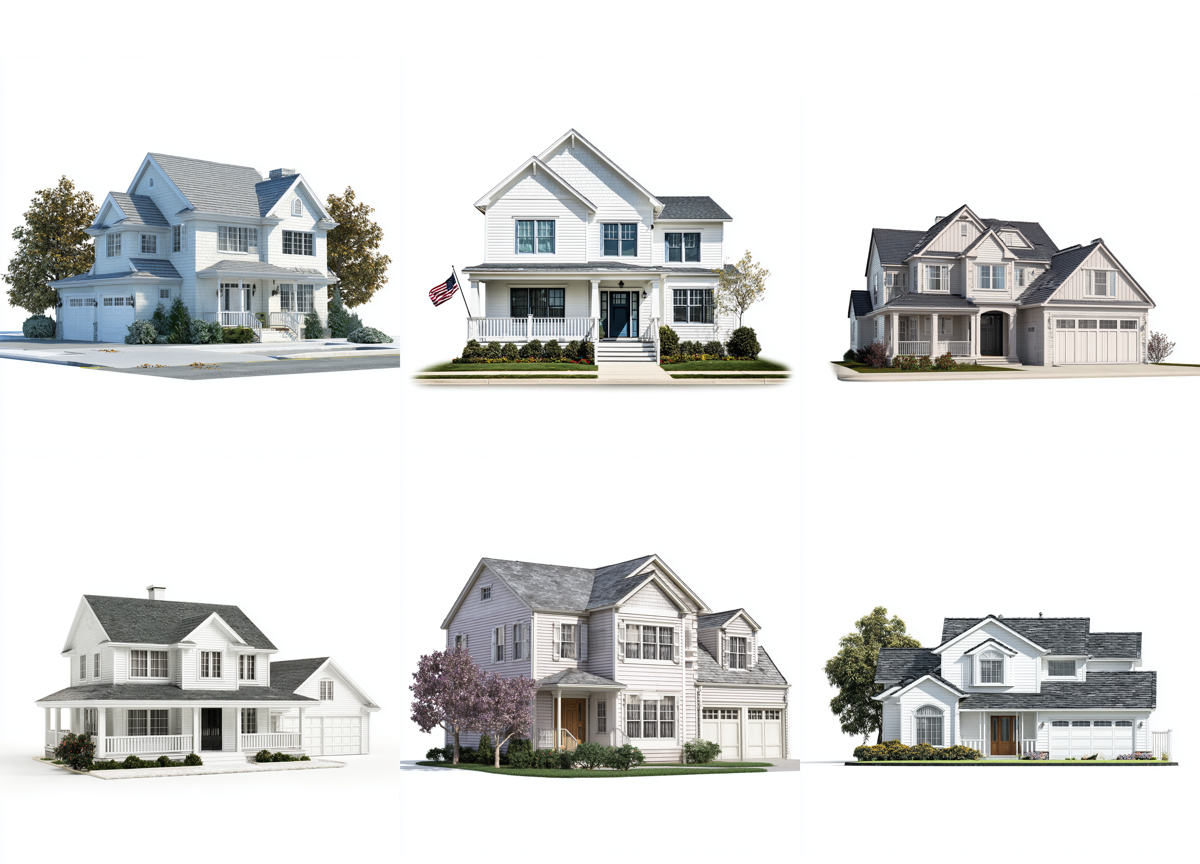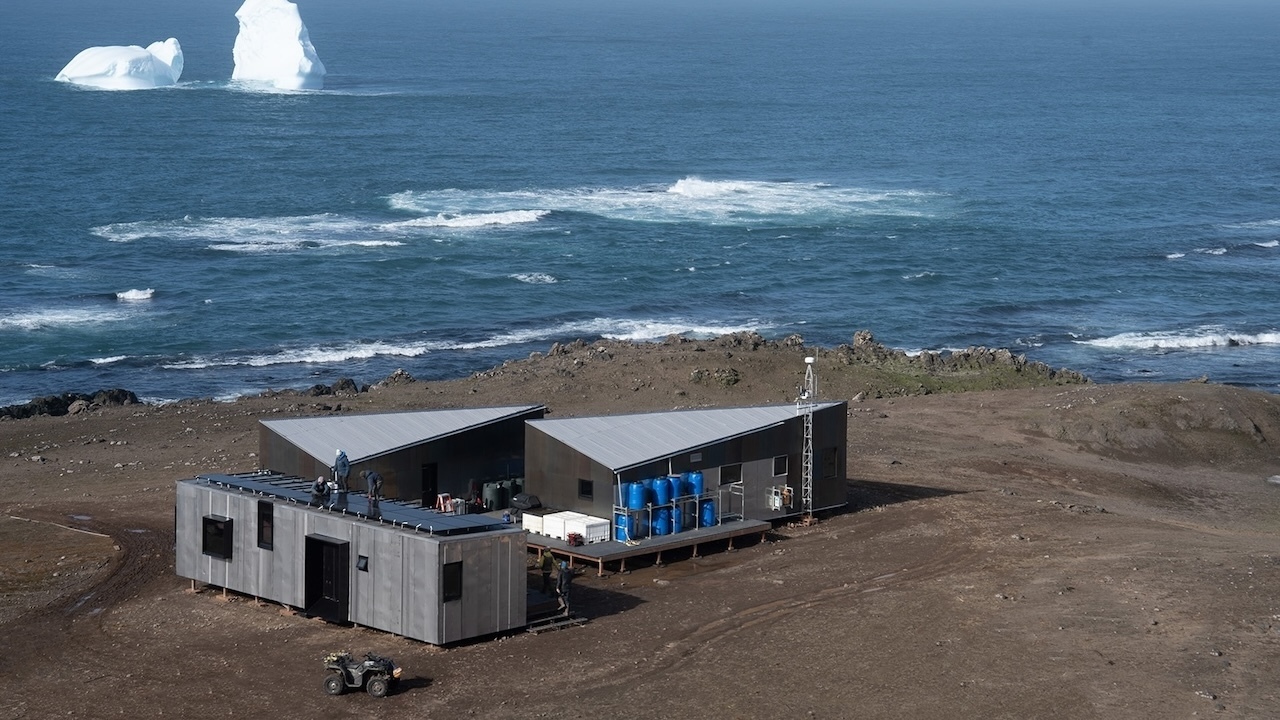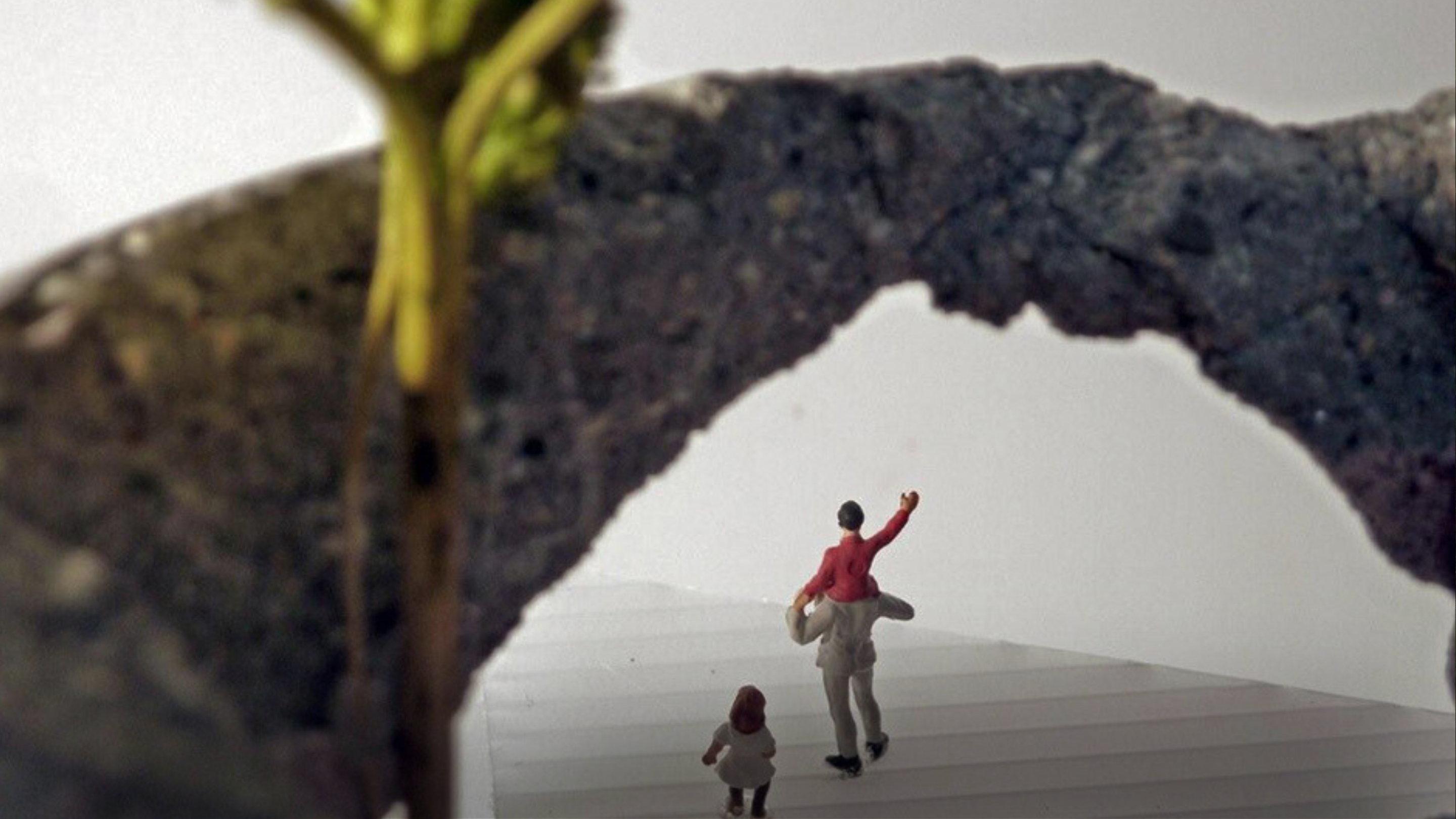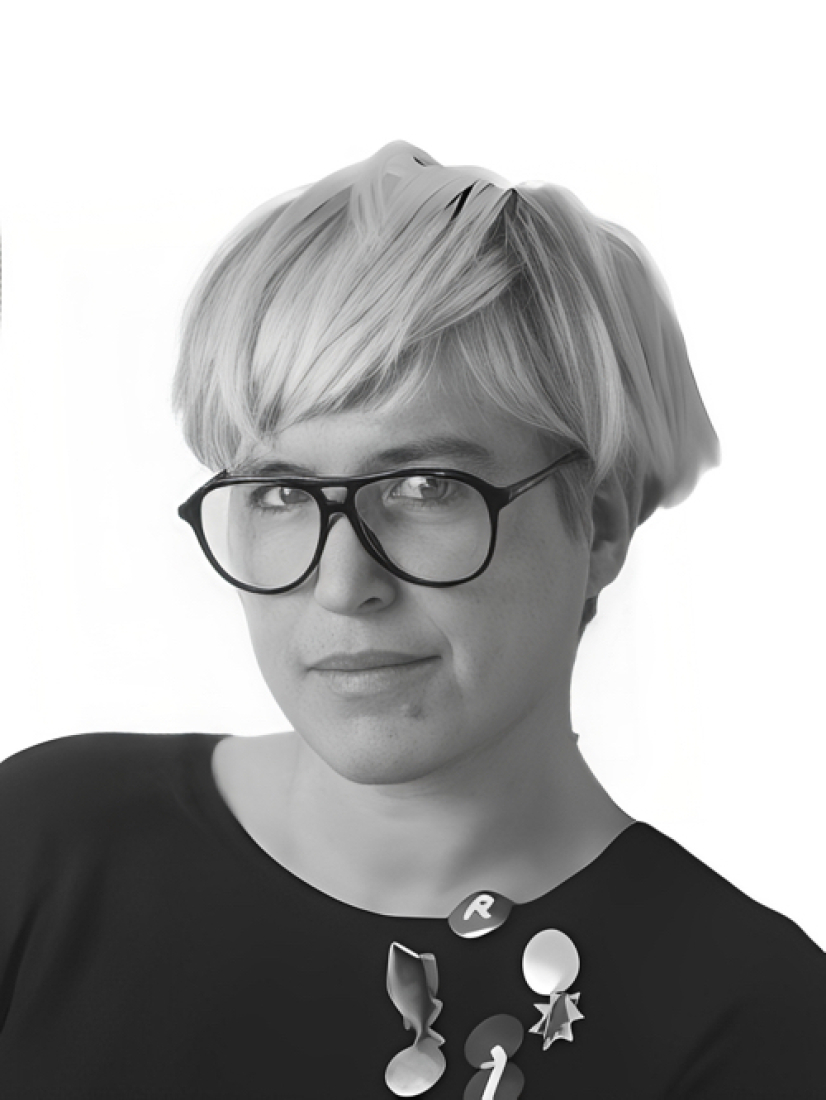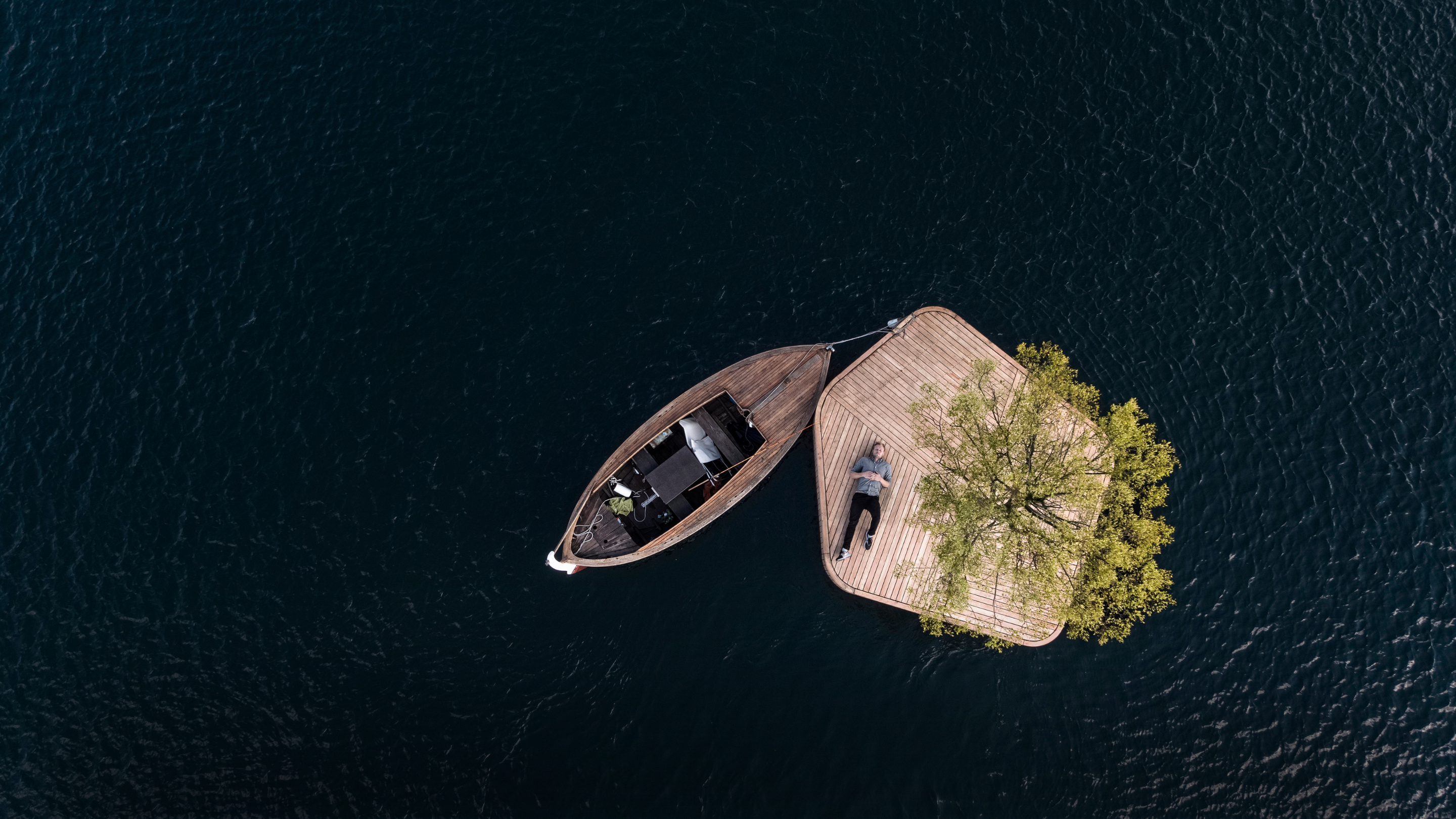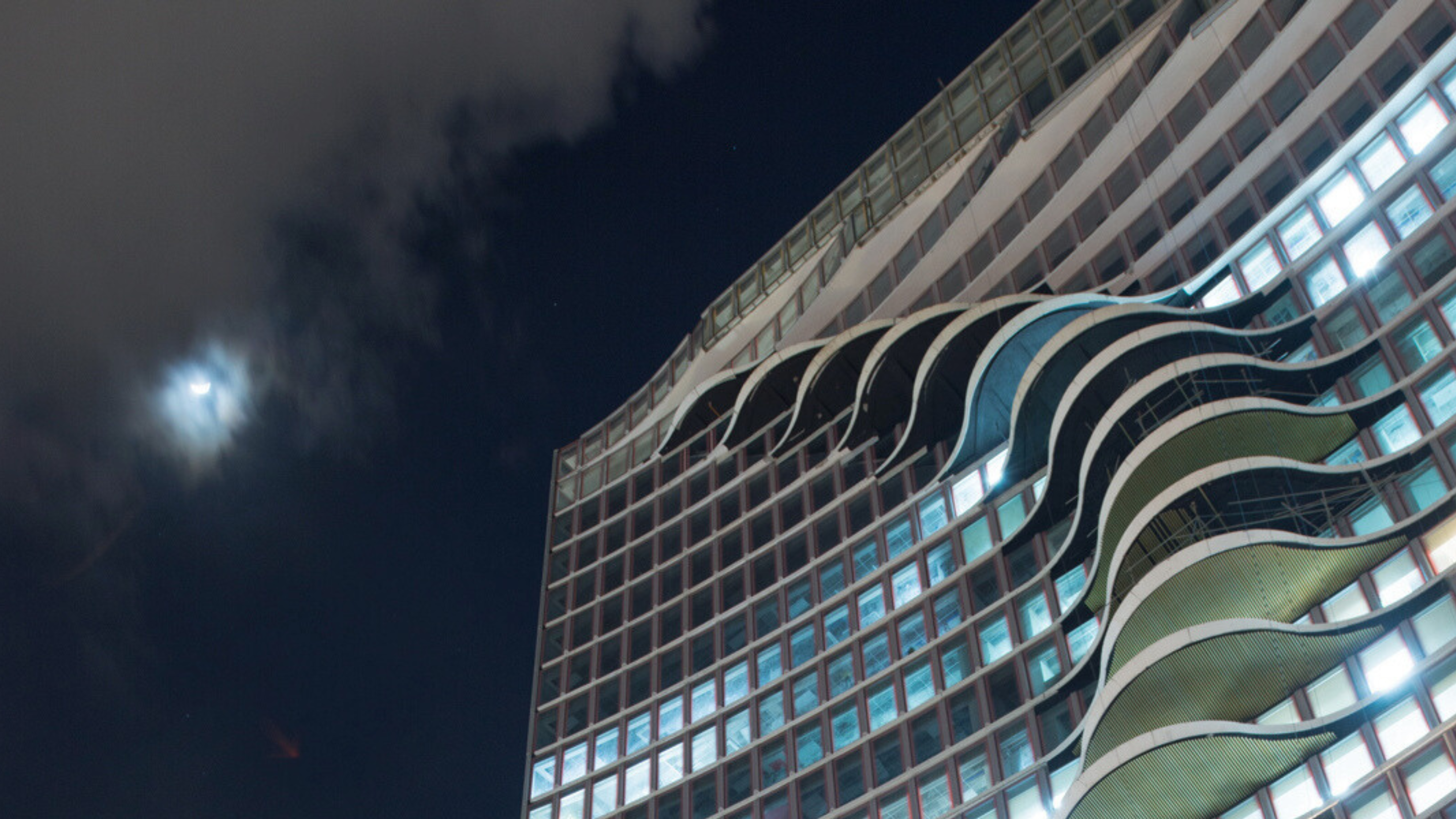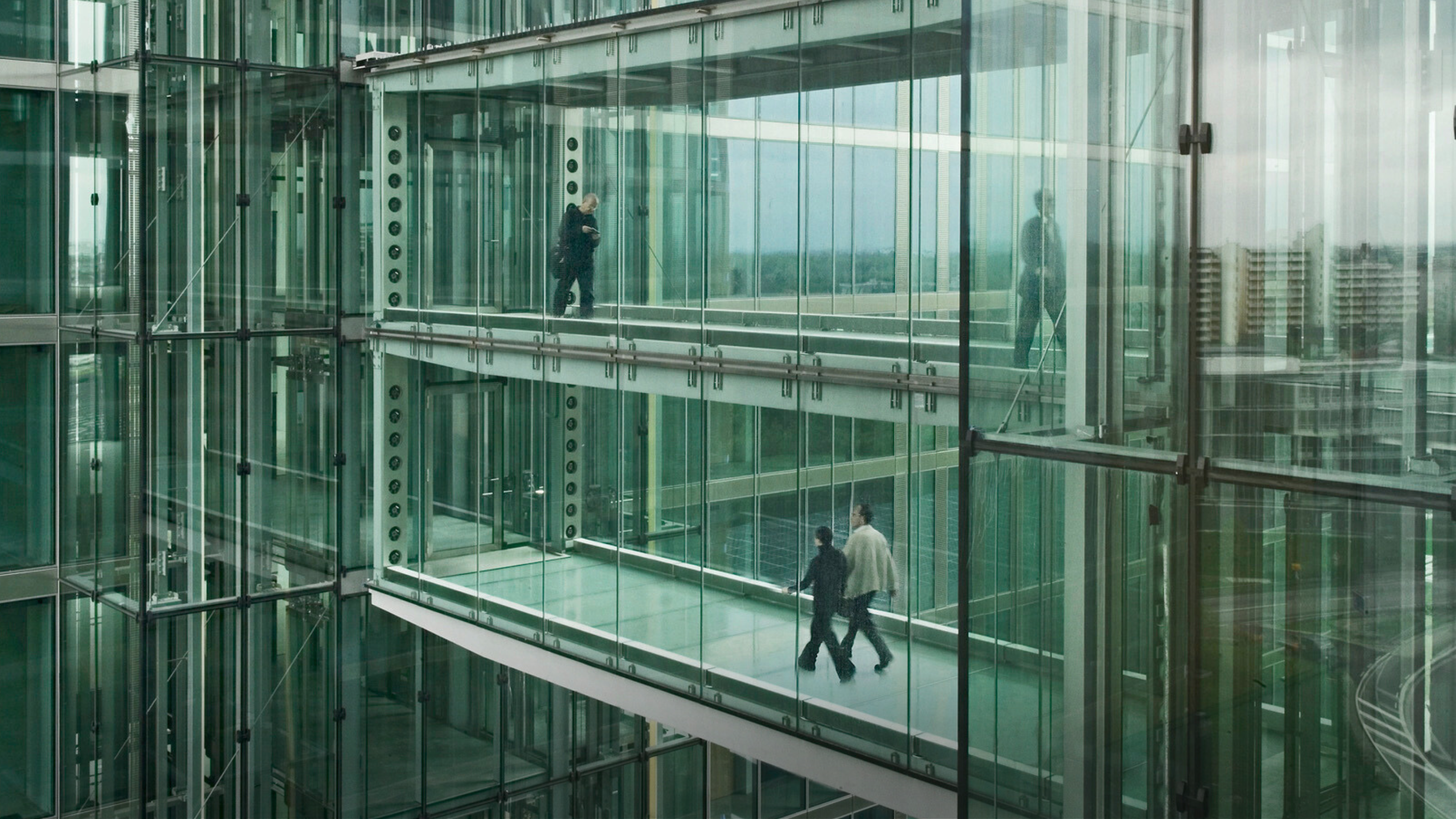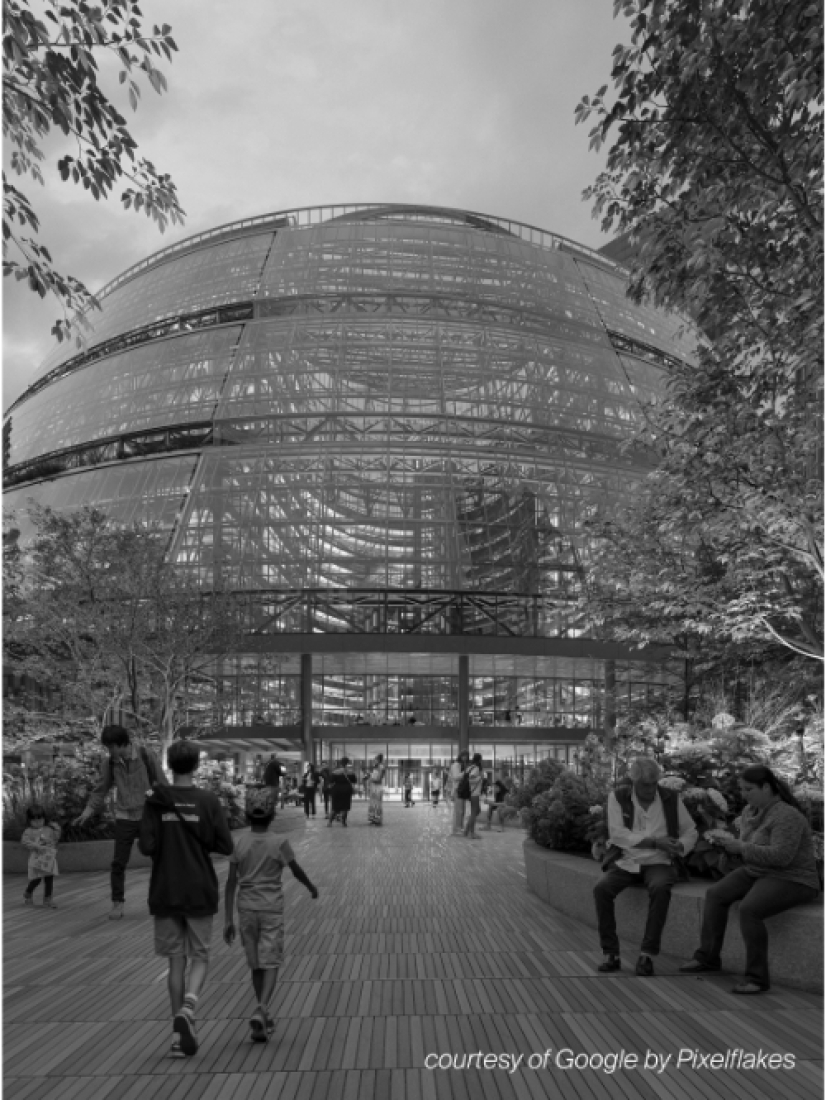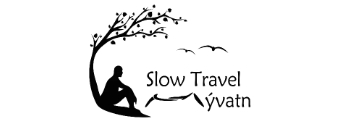5 key facts about this project
The Latvia Painter's Lake House rests in the serene landscapes of Latvia, characterized by clear lakes and lush woodlands. Designed as a retreat for artists, it offers a space that encourages creativity while being in harmony with nature. The concept of "Canvas" serves as a foundation for the design, symbolizing the relationship between artistic thought and the environment.
Design Concept
The form of the building features a wave-like shape that mirrors the gentle curves of nearby Cernostes Lake. This design is not only visually appealing but also practical, as it responds to the area's specific climate. Tall vertical walls give the structure a sense of strength, balancing the fluid shapes and allowing for an inviting space where creativity can thrive.
Material Choices
A thatched roof is a central feature, providing insulation during the cold winters typical of northern Europe. It connects the building to local architectural traditions. Additional design measures, like using a "cold roof" strategy, help prevent ice buildup, thereby extending the building's life. The careful selection of sustainable materials reinforces the connection to the setting while also ensuring that the residence meets modern energy requirements.
Ecological Considerations
The design pays attention to environmental impact, particularly with the roof's underside, which creates a habitat for local bats in warmer months. This thoughtful incorporation of wildlife into the architecture shows a commitment to preserving local ecosystems, making the house more than just a living space; it becomes part of the environment. The design balances practical needs with ecological responsibility.
Structural Elements
The construction includes various materials, such as wood boards, thatched reeds, rafters, fire barriers, battens, and felt, ensuring durability in the face of the local climate. Features like 15 mm plywood sheathing and R19 glass fiber insulation enhance the building's efficiency. These choices not only support functionality but also reflect the cultural context of the region.
Large windows frame views of the surrounding landscape, allowing natural light to fill the living spaces. This connection to the outdoors invites the beauty of nature inside, enriching the artistic environment and providing inspiration for those who reside there.


